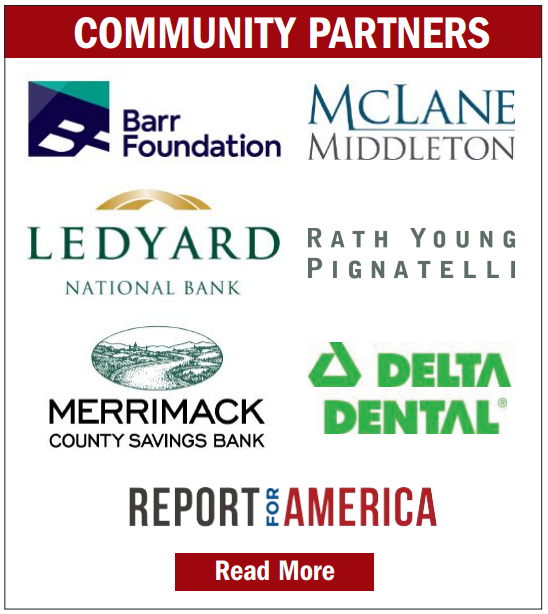Granite Geek: Crunching numbers on housing and school property taxes

| Published: 03-03-2025 3:03 PM |
This is the time of year when property taxes are on the mind of everybody facing town meeting, and although that isn’t usually considered a geek-centric topic, it can be.
In particular, it’s just the sort of subject where a little quantitative analysis can help determine the validity of “common sense” knowledge. You can’t get geekier than that.
When it comes to property taxes, one “common sense” idea you’ll hear in rural and suburban towns is that every new single-family house raises my taxes because of those darn kids and their darn school costs.
That sounds sensible: Public schools take up the bulk of local spending, and it seems likely that a new housing development will draw families with kids who will raise school costs more than the houses pay in taxes. I’ve heard it stated as a definitive fact for the entire 30-plus years I’ve lived in New Hampshire.
Running the numbers, however, shows that it’s usually wrong.
The latest example of that comes from a New Hampshire Fiscal Policy Institute report about housing availability in the state written by Dr. Nicole Heller, a senior policy analyst. The report begins by saying that we need to build more housing to lower home prices and rents – no surprise there – and goes on to quantify some of the barriers keeping us from allowing such construction.
One barrier is the one I mentioned above, the increased-school-tax perception that girds the loins of opponents and tightens zoning laws.
Heller’s report cites a New Hampshire Housing study of actual numbers from actual developments in actual towns, including Dunbarton, which showed that that new housing paid, on average, $1,711 more in taxes than they incurred in public school costs. They don’t raise other people’s school taxes, they help lower them.
Article continues after...
Yesterday's Most Read Articles
Why? Mostly because families are smaller.
The old idea of housing’s effect on school taxes might have been true when there were two or three kids in every house – but we don’t live in Ozzie & Harriet-land any more. Empty-nesters and DINKs (dual income no kids) and one-child-is-enough families are now the overwhelming norm.
That NH Housing study of new developments from 2014 to 2023 showed that on average there were just 0.4 kids per house (i.e., one kid for every 2.5 houses), and just 0.06 kids per unit for apartments and condos or .01 kids per manufactured house.
From the geek point of view, the depressing thing is that this fact is hardly new. It has been established for at least a decade, probably more, that Northeast demographics mean new housing doesn’t raise school taxes by itself. Plenty of other things raise tax rates but not the fact that the field near you now has a half-dozen houses.
Yet the belief rolls on. There’s a good chance you’ll hear some variant of “we need to keep people from moving here if we want to lower our taxes!” at your town meeting.
If so, can try waving these figures to change their mind. It probably won’t help but it’ll make you feel better!
You can find the NHFI story at their website (nhfpi.org) titled “Multiple Affordable Housing Barriers Adversely Impact Communities.” It includes a link to the New Hampshire Housing study.
David Brooks can be reached at dbrooks@cmonitor.com







 Henniker ponders what is a ‘need’ and what is a ‘want’
Henniker ponders what is a ‘need’ and what is a ‘want’ Boscawen residents vote to fund major renovation of public works building
Boscawen residents vote to fund major renovation of public works building ‘Voting our wallets’: Loudon residents vote overwhelmingly against $1.7M bond for new fire truck
‘Voting our wallets’: Loudon residents vote overwhelmingly against $1.7M bond for new fire truck In Pembroke, Education Freedom Accounts draw debate, voters pass budget
In Pembroke, Education Freedom Accounts draw debate, voters pass budget
